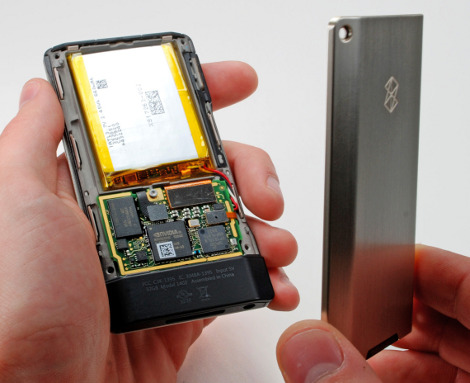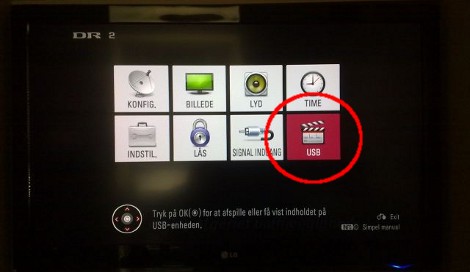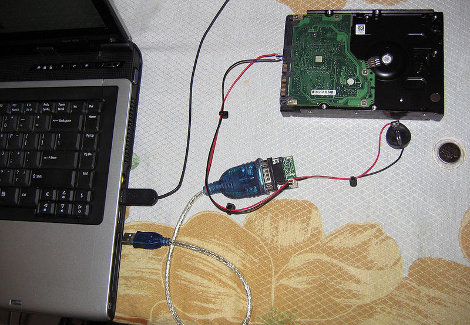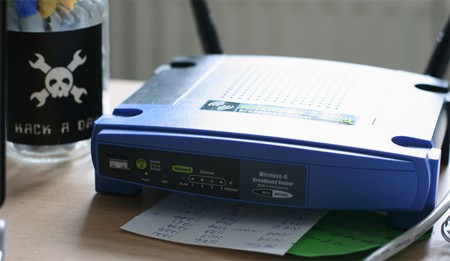
Here is one that really got some of us at the HAD offices excited (yes, we own Zunes). The introduction of the Open Zune Development Kit (Internet Archive). Sure, there was XNA, and we even toyed around with it. But anyone will quickly realize just how limited XNA is, especially with older hardware.
OpenZDK is in its infancy, with only one application thus far (don’t worry, you can still use XNA apps too). But we wanted to give it a shout out and let the hacker community make this potential into a reality.
[Thanks Galen]
















